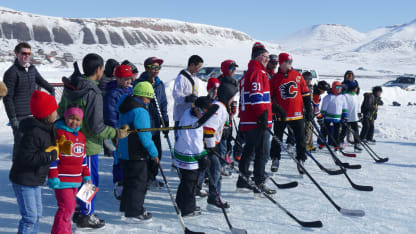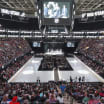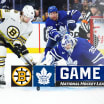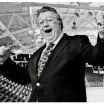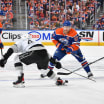Hockey Hall of Fame member Lanny McDonald recalled a conversation with a young man from Arctic Bay, Canada, a resident of an Inuit town with a population of 832 located in the northern part of the country. The man was back from a pond hockey tournament in Igloolik, another small Canadian town (population: 2,000) after a one-way, two-day trip by snowmobile.
The Arctic Bay Impact finished third in the seven-game weekend tournament, but he felt the travel was worth it. McDonald said the story left him nearly speechless over what Arctic Bay's citizens endure to play a game they love.
Cup brings joy to small-town northern Canada
Hall of Fame member McDonald takes trophy, hockey equipment on tour of Arctic Circle villages
